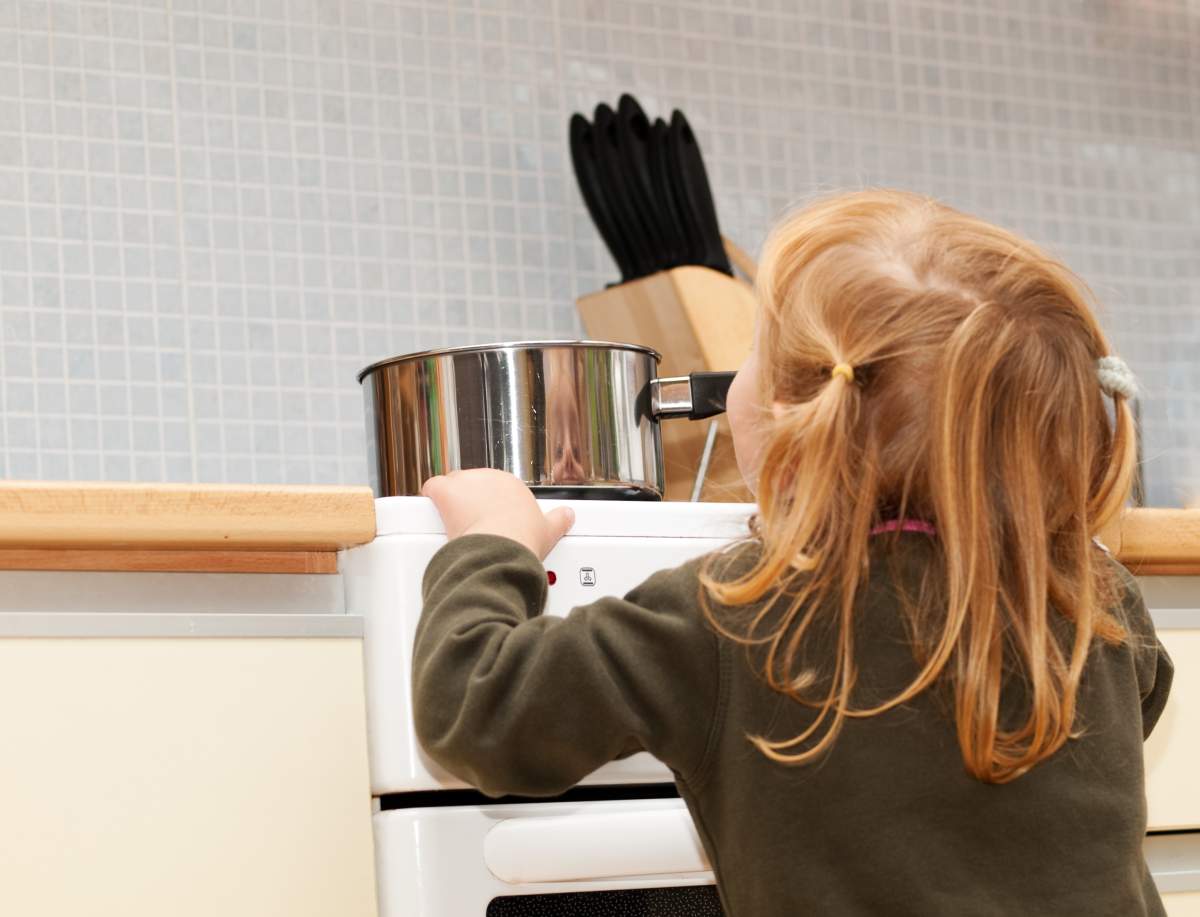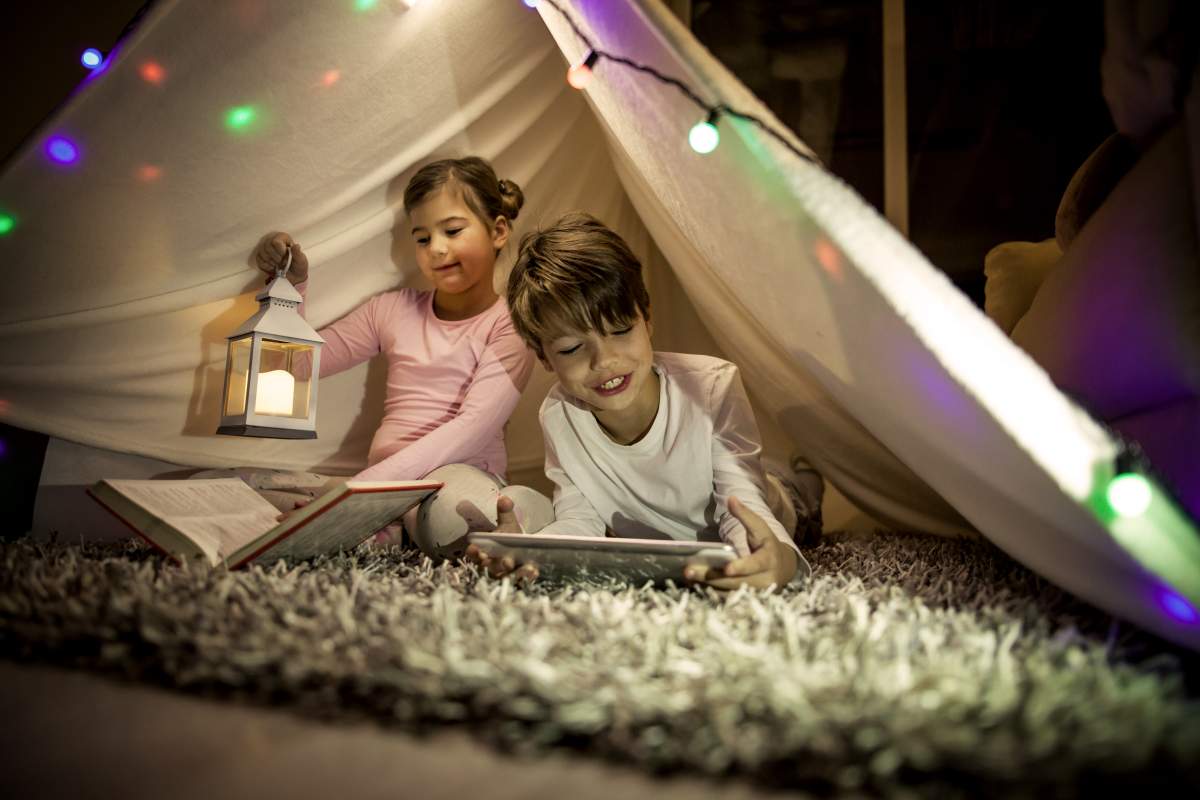As physical-distancing measures and emergency orders continue in many provinces to try to stop the spread of the new coronavirus, data collected by Google suggests that Canadians are staying at home, and a York University expert says the lockdowns may have saved lives.

In some areas, however, the decrease in mobility has coincided with a spike in at-home emergencies.
Chief Matthew Pegg said that, as of mid-April, emergency calls to Toronto Fire Services were up 4.3 per cent over the same time period as last year, and the number of “working fires,” in which an actual fire is involved, was up 17.6 per cent so far this year.
READ MORE: Increase in fire-related deaths this year: B.C.’s Ministry of Public Safety
With front-line workers trying to do their part to keep everyone safe, preventing at-home emergencies is more important than ever, says Sharon Cooksey, spokesperson for Kidde, a manufacturer of home safety products.
In partnership with Kidde Canada, here are tips for staying safe and preventing fires if you’re spending more time at home.
Practise kitchen safety to help prevent grease fires
“Nearly half of all fires start in the kitchen,” Cooksey says. To help prevent a kitchen fire, she recommends never leaving hot pots or pans unattended, turning pot handles inward when cooking, keeping animals and children away from hot appliances, and setting a timer while baking and toasting.

Get daily National news
Keep anything that can easily catch fire, such as oven mitts, knife blocks and towels, away from the stovetop, Cooksey adds, and store a kitchen-rated fire extinguisher so it’s behind you when you’re at the stove, where it’s easily accessible while cooking but away from potential flames.
If a grease fire does break out in the kitchen, do not throw water on it, Cooksey says. If the fire is small and you feel it’s safe to do so, try to smother it with a lid, place a cookie sheet over it or use a kitchen fire extinguisher. Grease fires can spread rapidly, so if you cannot extinguish the fire within a few seconds, leave immediately and dial emergency services. If a fire breaks out in the range, leave the oven door shut and turn off the heat immediately.
Stay cautious around fireplaces, candles and other heat sources
Portable space heaters, fireplaces, candles and furnaces are also fire hazards.
Keep space heaters a distance of one meter from everything. Keep candles at least 30 centimetres from anything flammable – including walls – or better yet replace traditional candles with flameless ones as an extra precaution. Cooksey notes children and pets should always be closely supervised in the presence of any heat source.
Cooksey also suggests creating a one-metre “kid-free zone” around hot appliances and cooking.
If you smell gas, Cooksey says, exit the house immediately and call emergency services.
Charge phones the right way to help prevent electrical fires
Help prevent electrical fires by only using charging cords that are UL-listed, Cooksey says, and never charge devices under or on pillows, blankets or couches.
Only one heat-producing device should be plugged into a single electrical outlet at any time.
If an electrical fire does break out, and you believe you can safely put it out without help, disconnect the appliance or shut off electricity to the outlet where it’s plugged in. Then use a class C fire extinguisher, usually sold as a BC or ABC model, Cooksey explains.
Never use water or a different type of fire extinguisher, which could contain liquids or chemicals that conduct electricity. When in doubt, she says, leave the house and call emergency services.
READ MORE: ‘Electricity is unforgiving’: Warning issued over new TikTok power outlet challenge

The best way to prevent a real emergency is to be prepared, Cooksey says.
Put a smoke alarm and carbon monoxide alarm on every floor of the house, including the basement, outside sleeping areas, and in every bedroom. Her top tip is to check the age of the alarm; every alarm must be replaced at least once every 10 years. Make sure to check them at least once a week by hitting the test button. Read instructions thoroughly so you know what the different sounds mean.
READ MORE: 3K smoke alarms donated to Calgary Fire Department
Cooksey suggests having at least one fire extinguisher on every level of the house, checking that all windows can open and that latches work, and making sure that your family has an escape plan with at least two possible exits in case one is blocked. For those living in multi-storey family homes, consider keeping an escape ladder on the second or third storey to aid in escape and preventing injuries.
She also recommends practising your escape plan in the daylight and in the dark, which can make a big difference in an emergency situation.
“In today’s environments, we have, on average, between two and three minutes to escape a house on fire,” Cooksey adds. “Thirty years ago, we had 17 minutes. Now we have three.”
For more information on fire safety at home, visit the Kidde Canada website.


